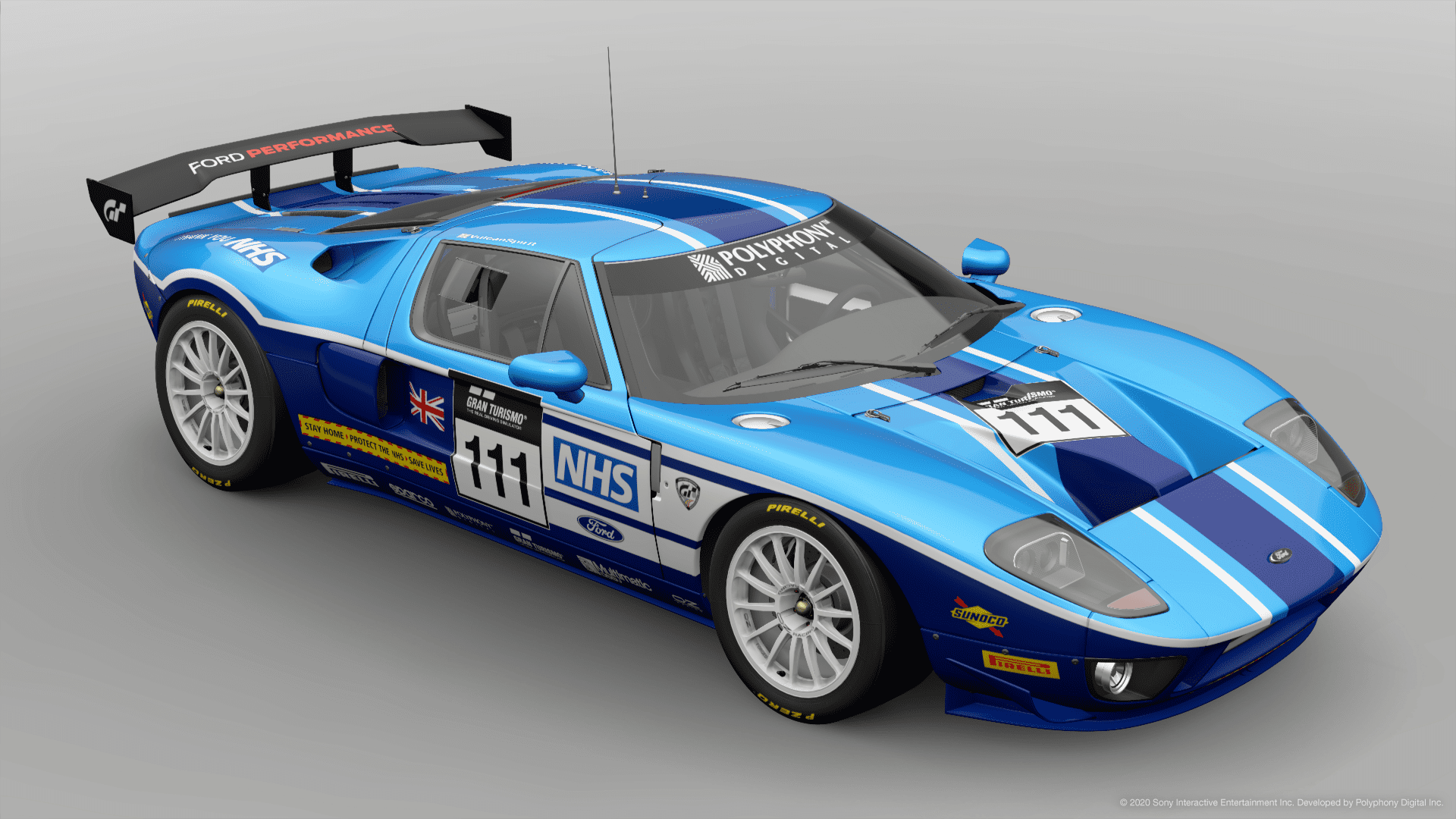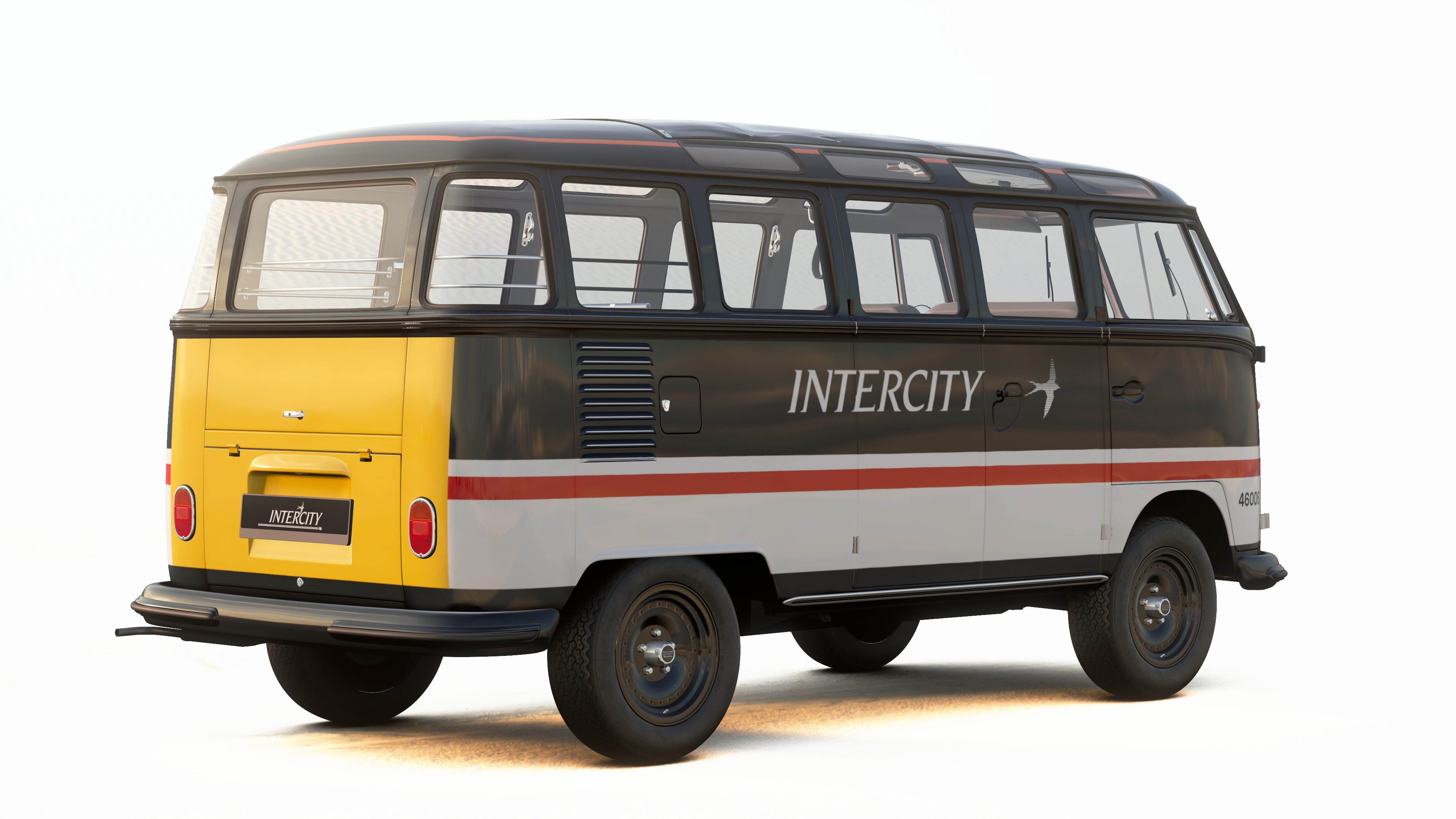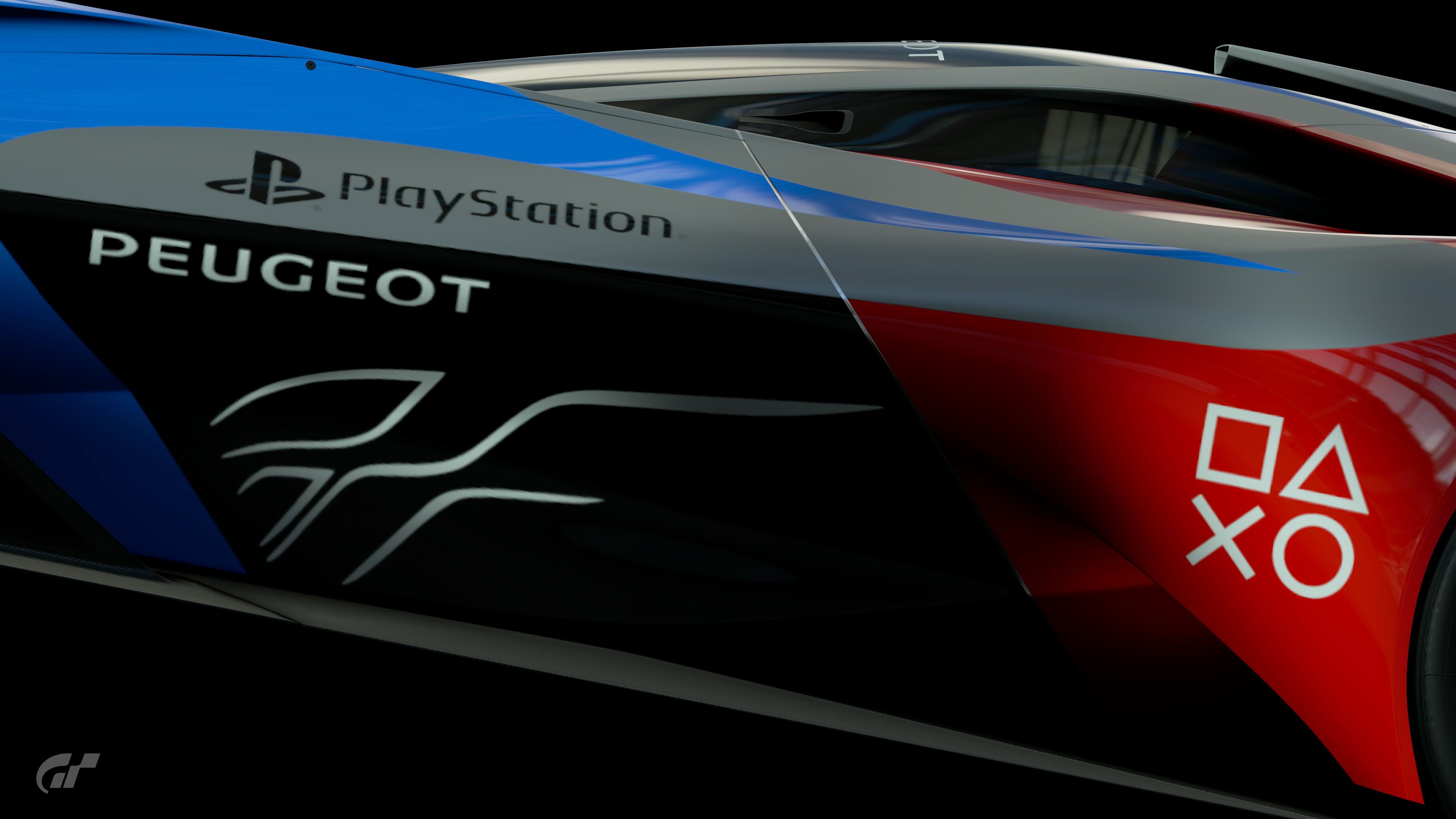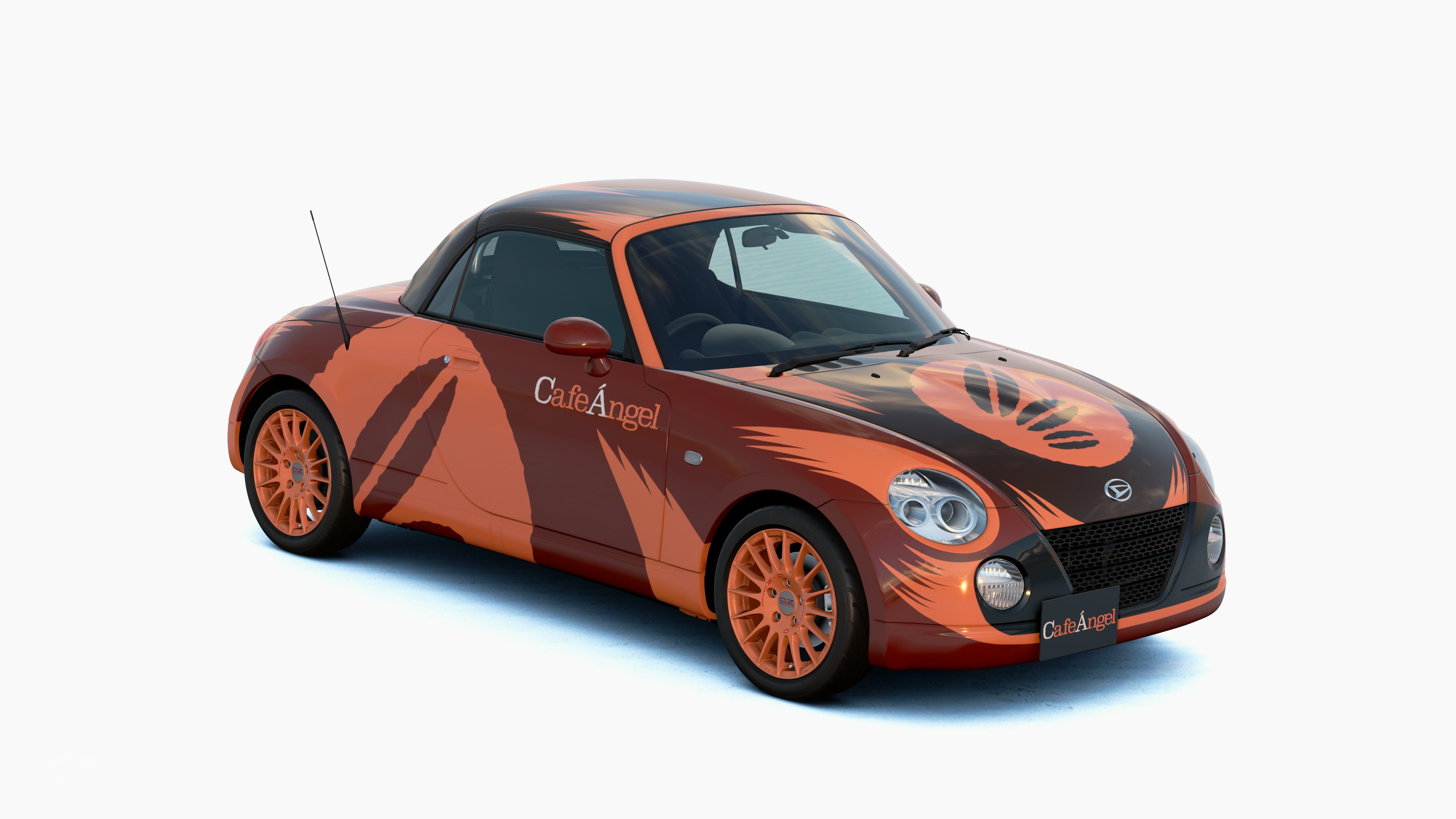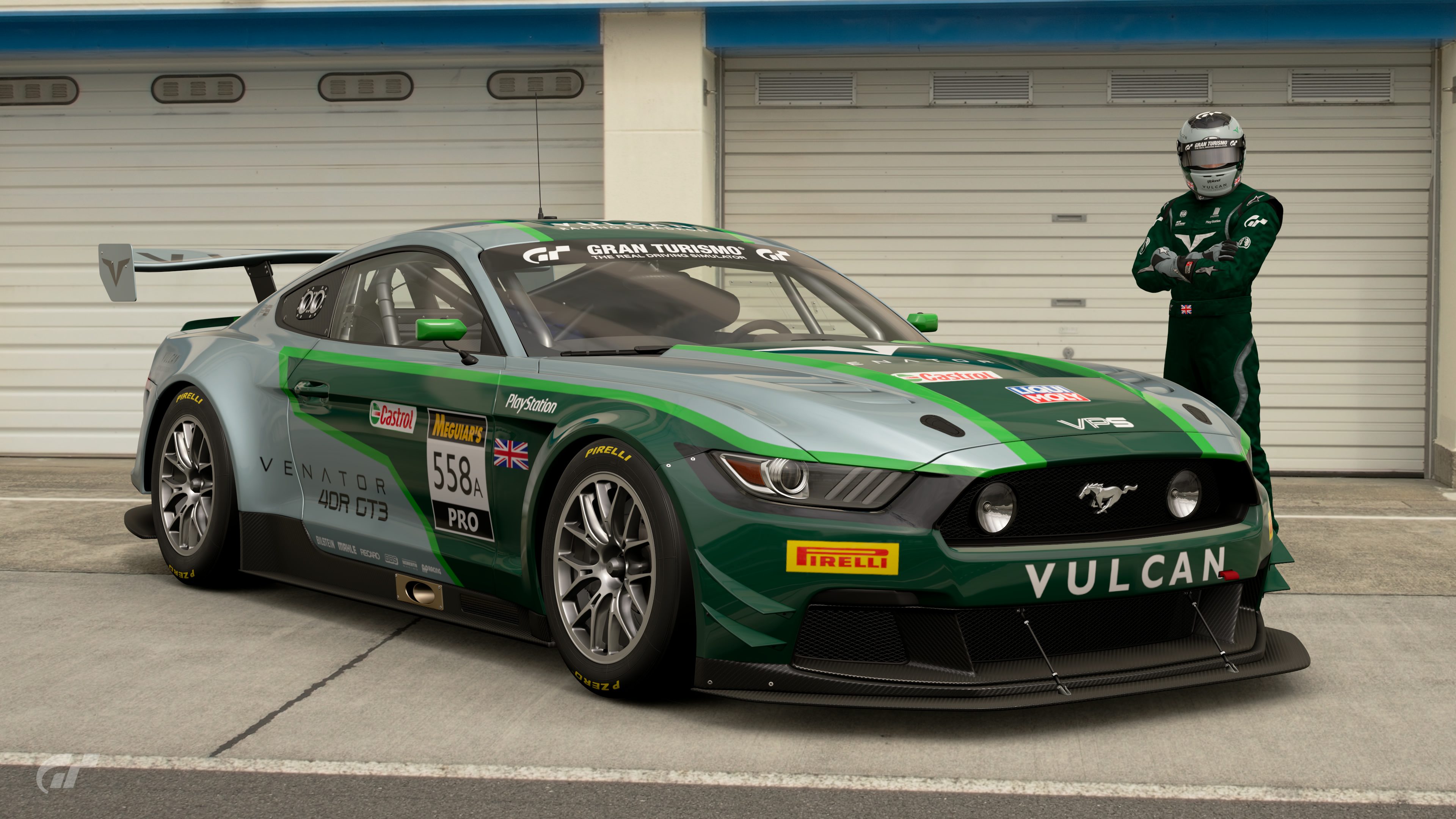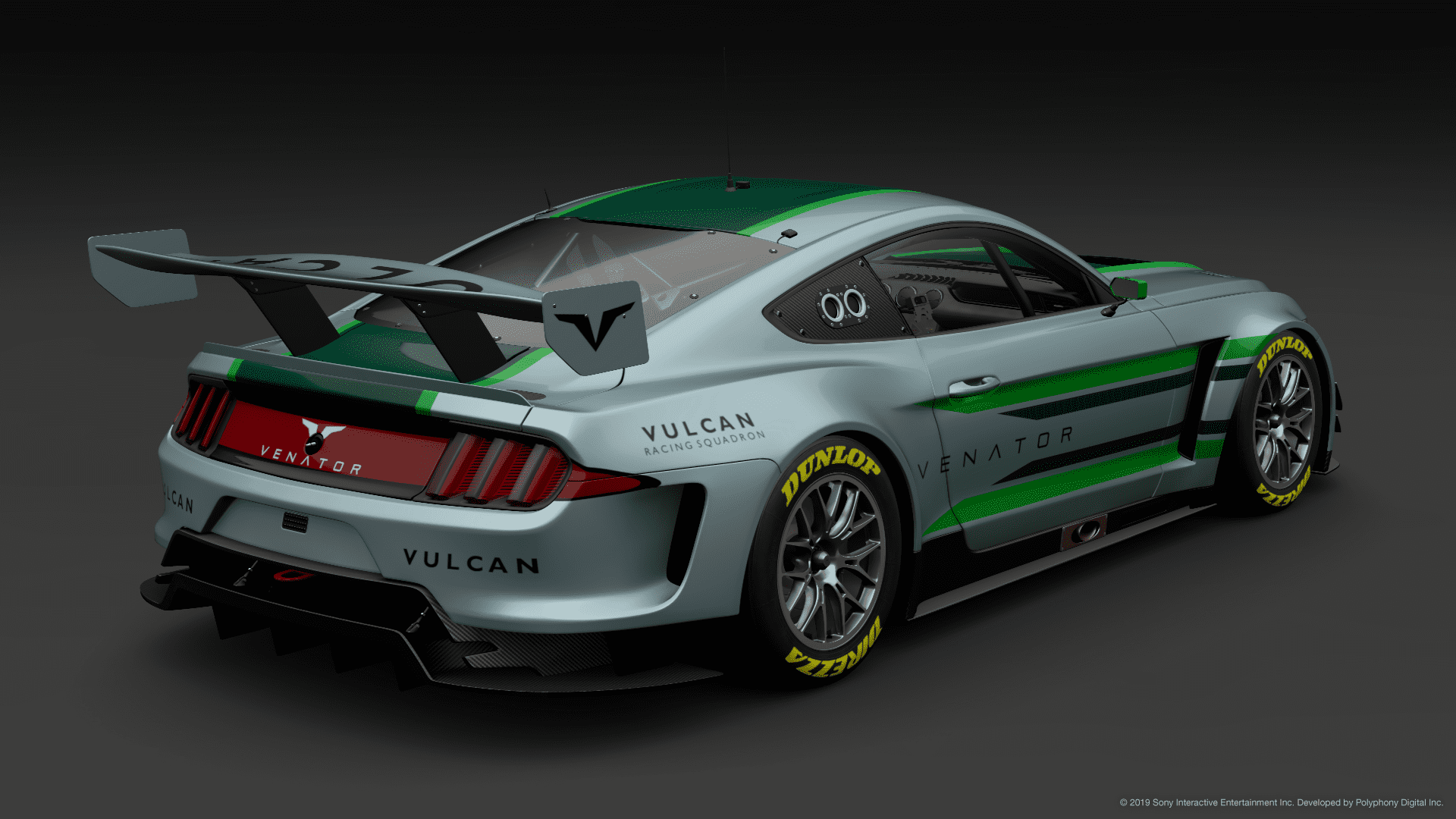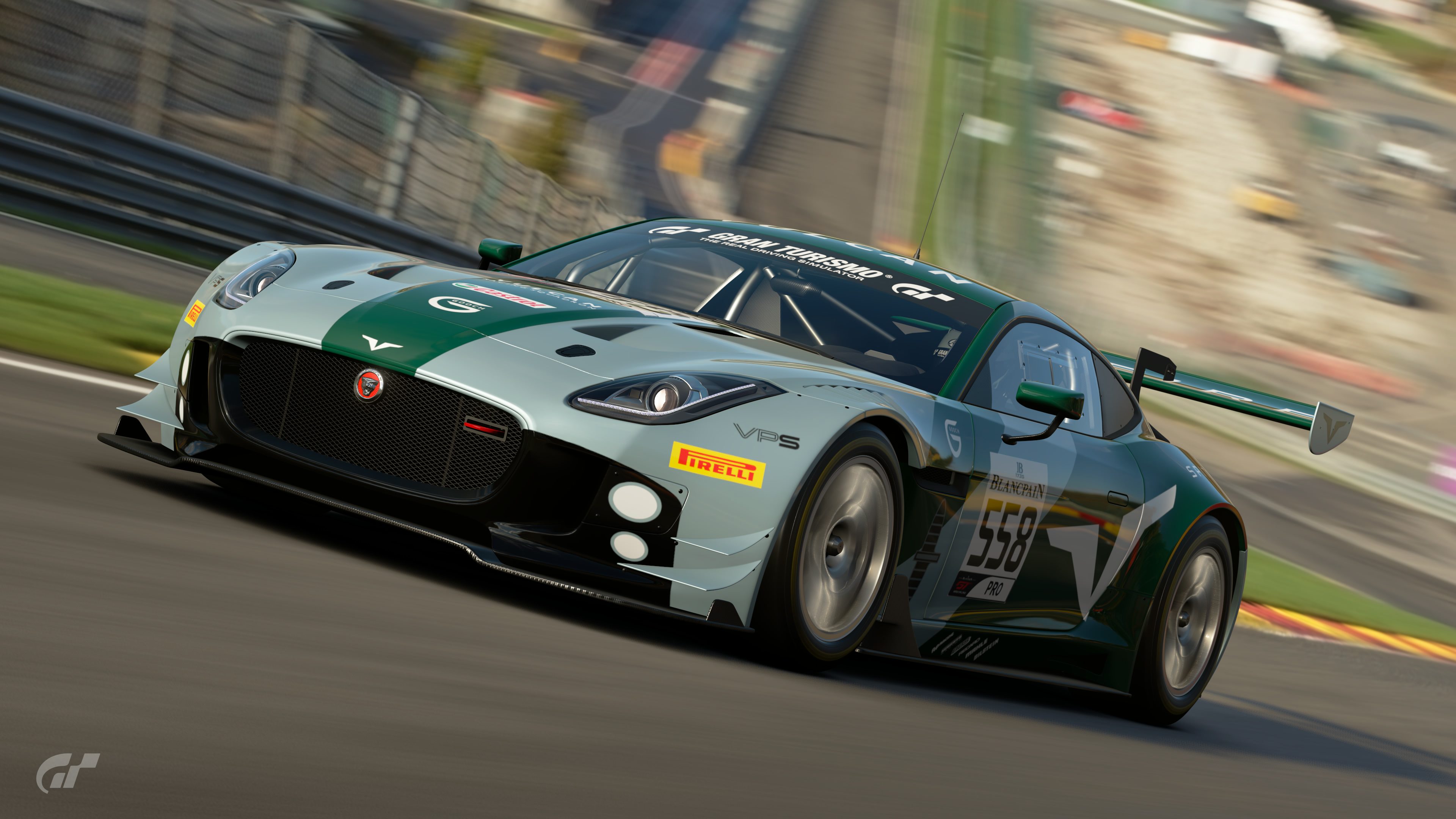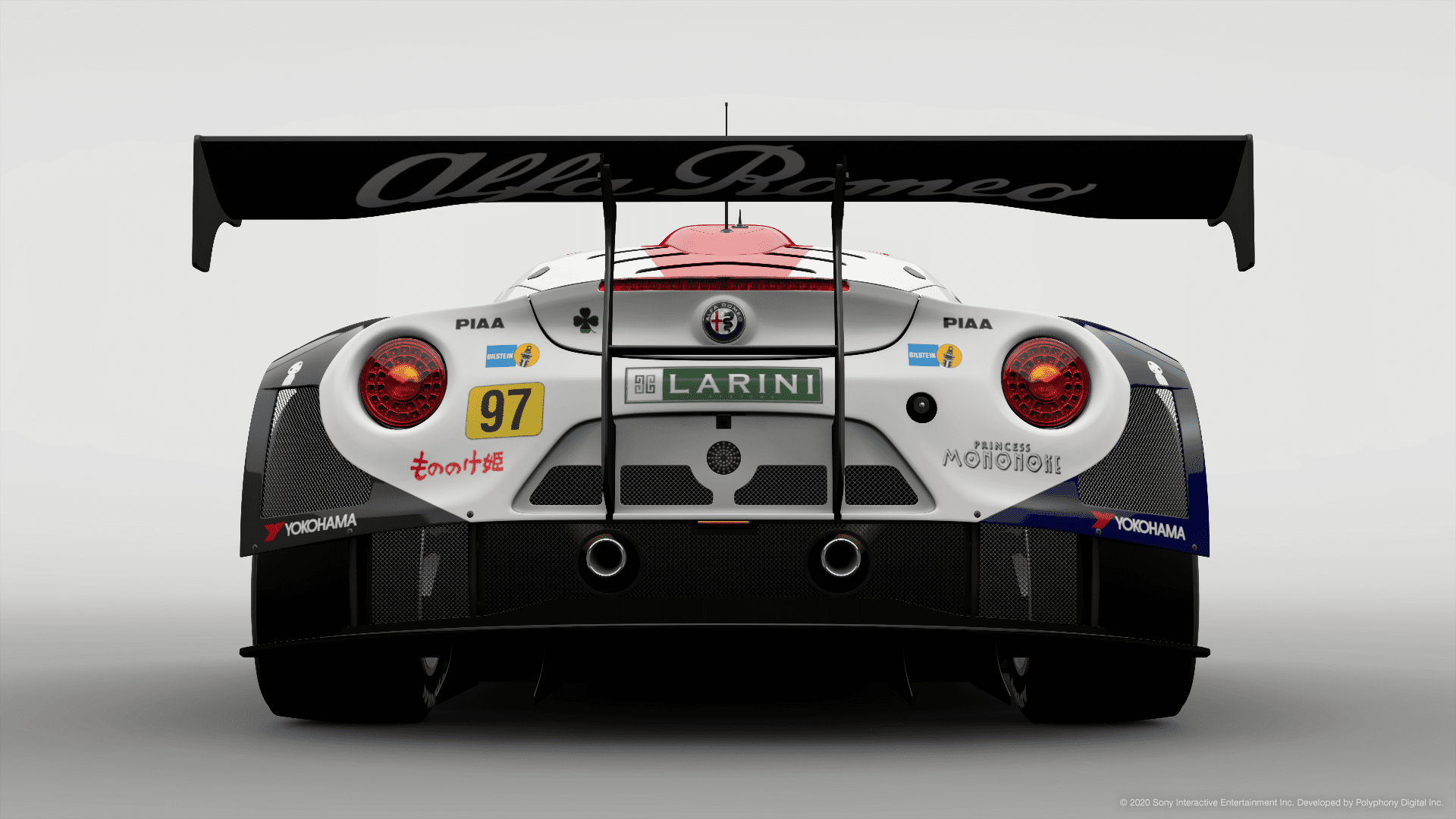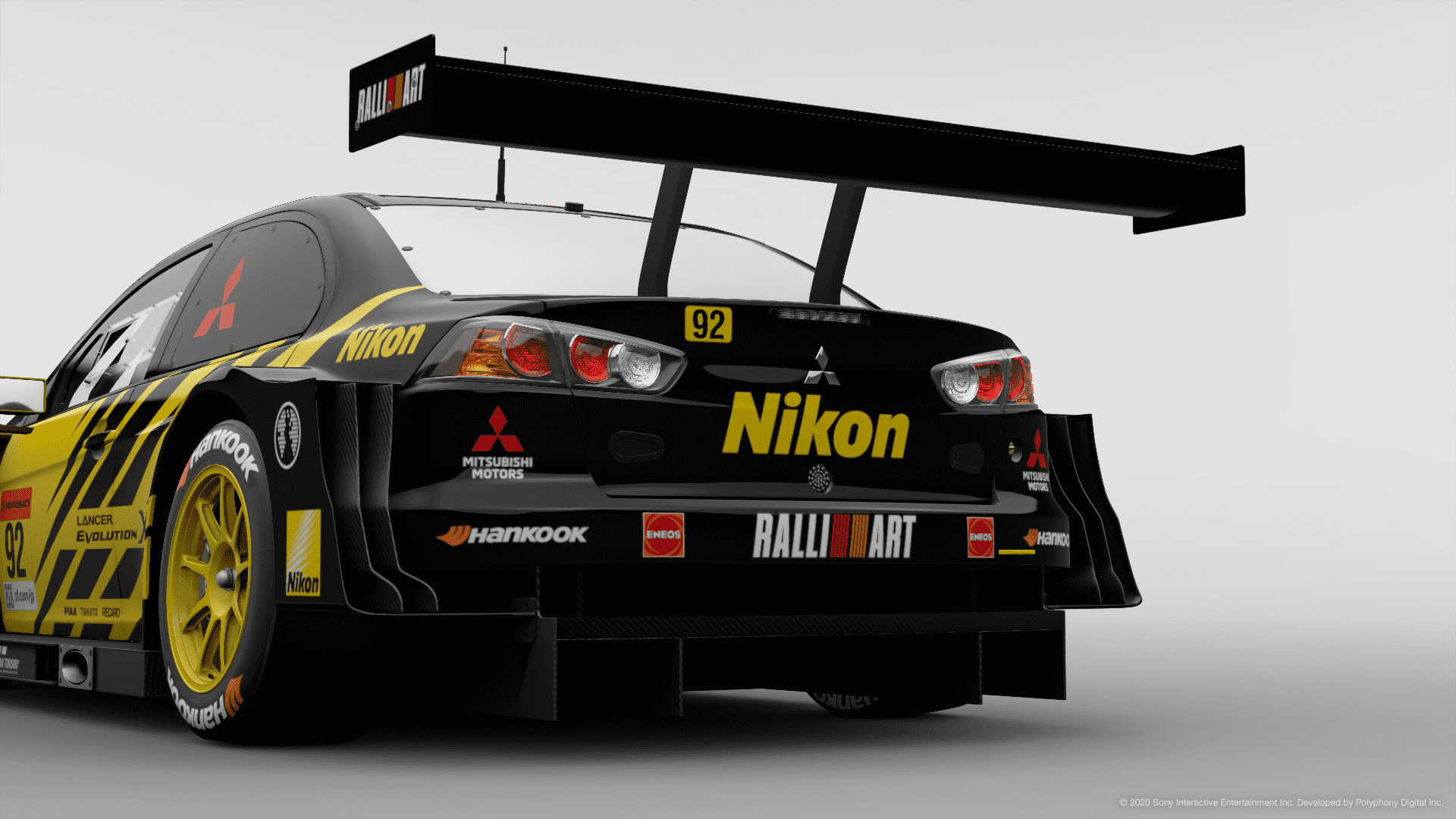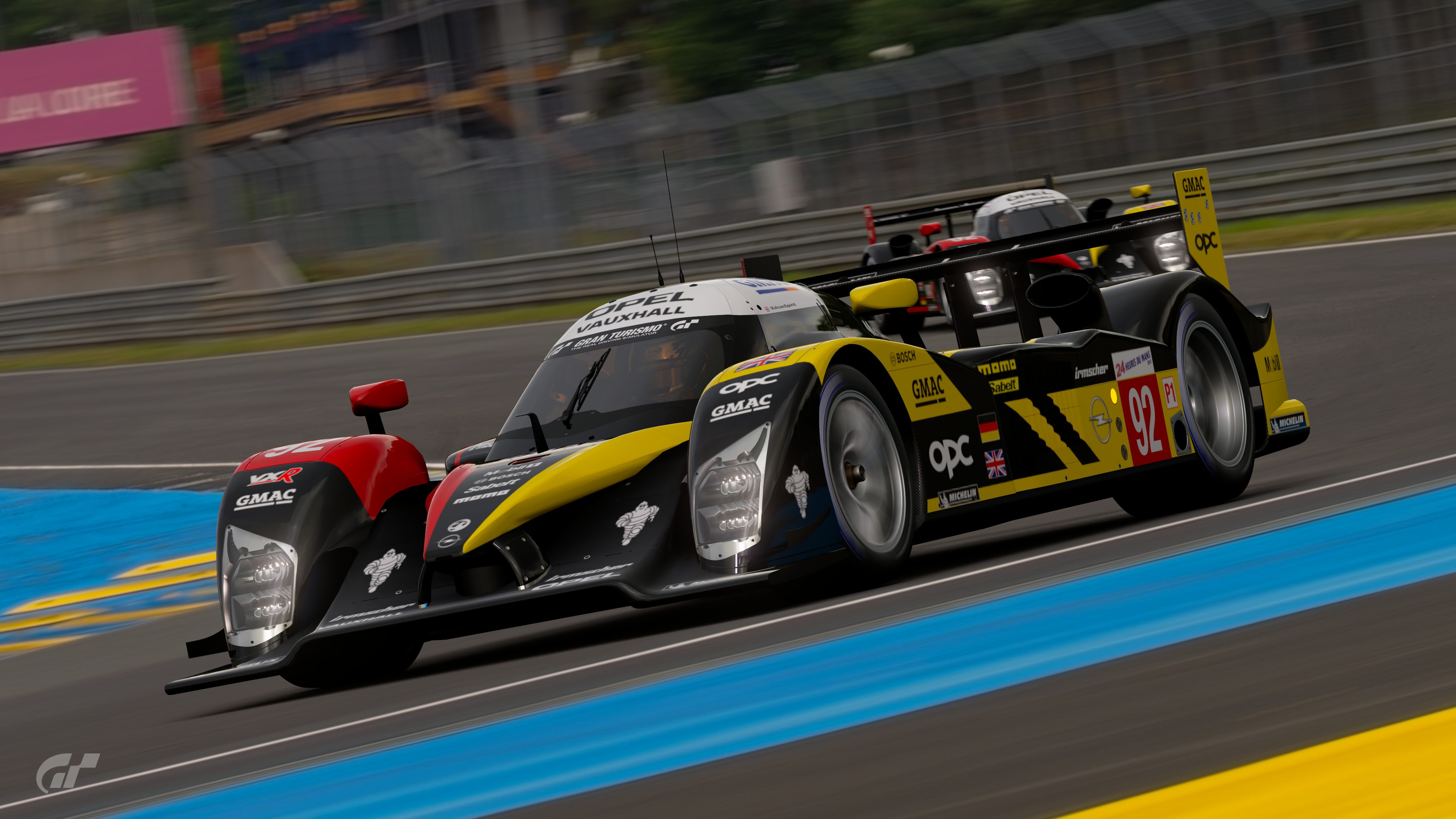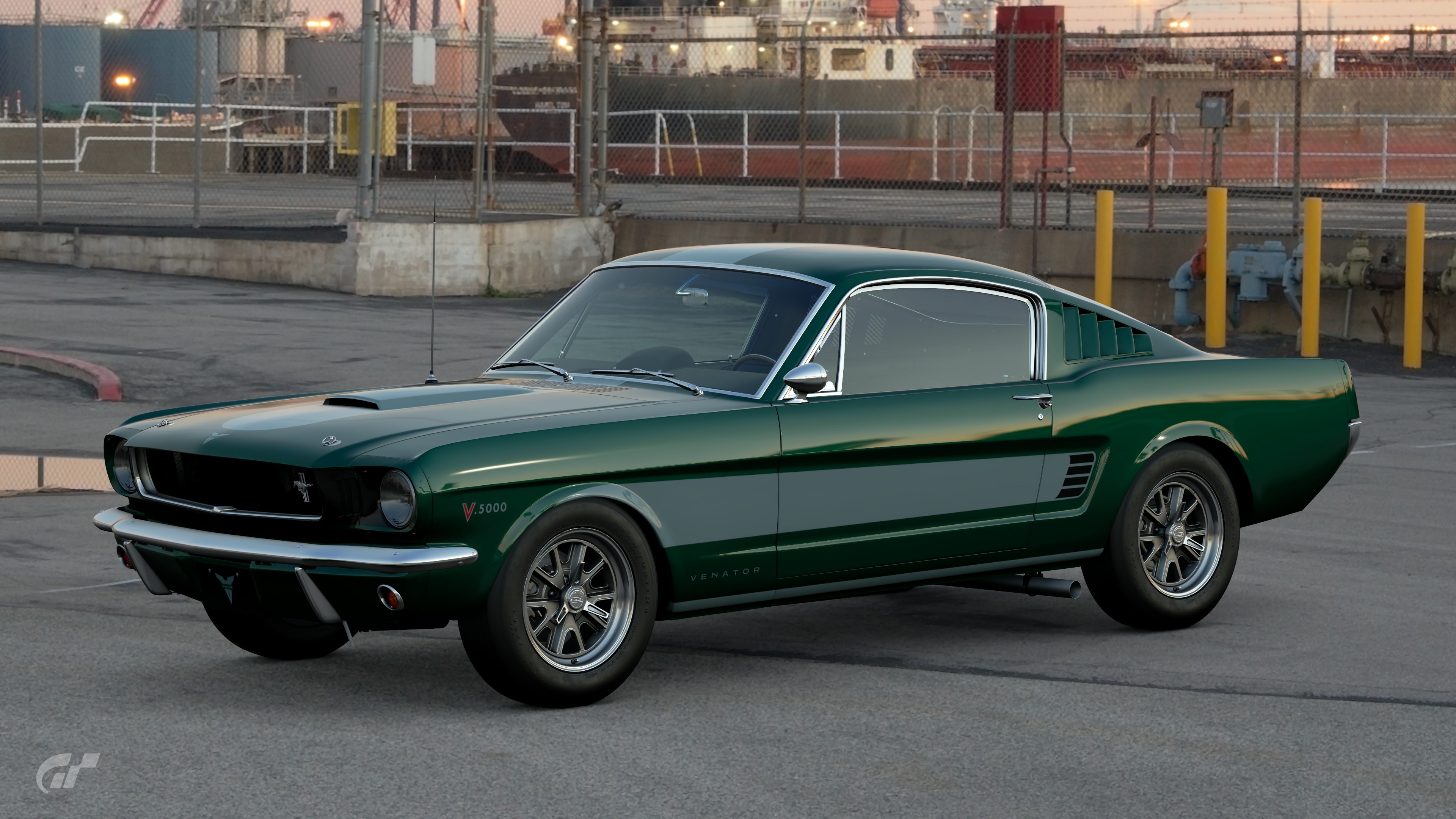Vulcan Racing Squadron (GT & Sports Cars)
A small selection of custom liveries showcasing my fictional car manufacturer Vulcan Auto and its Vulcan Racing Squadron motorsport division.
About Vulcan Auto
Vulcan Auto (trading as
Vulcan) is a British car manufacturer and founding subsidiary of
Vulcan Auto Works. Initially founded in 1946 as Agate Motors, the company was renamed in 1952 following acquisition of
the brand name from the Rootes Group. They have often been described as a "British Alfa", offering a range of performance-oriented hatchbacks, saloons and SUVs with a premium edge alongside traditional sports cars such as the Venator coupe and Slalom roadster.
Since 1985, high-performance derivatives of core models have been developed by the
Vulcan Performance Services (
VPS) division, along with specialised components and customisation options.
Three sub-divisions also currently operate under the Vulcan name:
- Vulcan Commercial, offering light commercial vehicles as well as pick-up trucks and panel vans based on passenger models.
- Vulcan Trucks, a spiritual successor to the original Vulcan Motor & Engineering Co., producing medium-size and heavy-duty trucks.
- Vulcan Buses, manufacturing buses and coaches with hybrid, electric or fuel-cell drivetrains.
In Japan, Vulcan sells their vehicles under the
Vuja brand name, a portmanteau of 'Vulcan' and 'Japan'. This was introduced upon entry into this market in 1975, to avoid potential confusion with Mitsubishi's 'Vulcan' engine, and has remained that way ever since.
Vulcan has enjoyed many successes in motorsport over the years, both with its factory
Vulcan Racing Squadron team (established in 1957) and customer entries. The company has held a particularly enduring presence in touring car, rally, sports car, GT, and endurance racing events, along with fleeting appearances in rallycross, hillclimb, rally raid, and single-seaters.
The Venator is Vulcan's classic performance coupe. Initially entering production in 1965 as a North American variant of the Tempest sports car, the seventh-generation model was launched in early 2019, based on the modular Gemini R2 platform shared with the Lancaster XII saloon. Three VPS models - the 30S, 30H R hybrid and 40R - joined the range shortly after, the latter forming the basis of Vulcan Racing Squadron's latest GT3 challenger.
Per Vulcan's current naming convention, the Venator 40R GT3 (also simply referred to as the Venator GT3) uses a 4.0l twin-turbo V8 engine shared with its road-going counterpart. This engine is an updated version of that used in its predecessor, the Spitfire GT3, which can produce up to 600bhp depending on Balance of Performance parameters. The Venator 40R GT3 was unveiled in October 2019, bearing a
simple but striking grey and two-tone green livery.
Like its predecessor, the Venator 40R GT3 is primarily developed for customer racing programmes. Factory-supported outfit Gooch Engineering was among the first teams to use the new machine, being selected to run two works-backed 40Rs at its racing debut at the 2020 Bathurst 12 Hour.
A reworked livery incorporating the Vulcan 'wings' logo was also introduced, with
minor changes before the weekend itself. The 40R GT3's potential was cemented with a debut podium finish, which Vulcan Racing Squadron and Gooch Engineering hope to emulate in a full Intercontinental GT Challenge assault subject to current global circumstances.
As a spiritual successor to their classic Tempest and Mosquito sports cars, the Spitfire exemplified Vulcan's rejuvenation during the late-2000s and early-2010s. A two-seat coupe or roadster with V6 or V8 engines (later joined by a four-cylinder turbo), it provided the perfect basis for the company's return to factory-supported GT racing, with GTE and GT3 versions debuting in 2011 and 2012 respectively. Initially powered by naturally-aspirated V8s, both racing Spitfires later adopted 4.0l twin-turbo units (based on the production 'T40R' block) for improved efficiency and performance.
The racing model preserves many design details from the road-going Spitfire, including side vents and headlights modelled on the elliptical wings of its fighter plane namesake. A 2015 refresh also brought about a larger and more imposing front air intake incorporating twin foglight stacks.
In 2019,
two factory-backed GT3s competed in the Blancpain GT Series Sprint and Endurance Cups, both entered by Gooch Engineering. This was planned to be the last full season for the venerable Spitfire, before its replacement the following year by the Venator 40R GT3.
At the pinaccle of Vulcan's racing developments is the
Vitessa HP-4 (also simply the HP-4), the latest in a family of mid-engined sports car prototypes dating as far back as the late-1960s. The HP-4 is one of two remaining LMP1 hybrids competing in the World Endurance Championship and an evolution of the Vitessa X first introduced in 2017. Featuring a clean, robust design, a twin-turbo V6 and a hybrid system producing around 1,000bhp, it is by far the strongest challenger to the Toyota TS050 with several victories and podiums to its name. Prior to the COVID-19 pandemic, the 2019-2020 version was tipped as Vulcan's best chance of taking the final LMP1 honours at Le Mans. Work on a successor based on the forthcoming 'Hypercar' rules is underway, though it's presently unclear how development of this will be affected by the pandemic.
An early version of the 2019-2020 HP-4 livery showed an alternative version of the Vulcan logo, but this was changed to the regular logo before the superseason. [In actuality, I ended up having problems creating outline versions of the original logo, so decided to change it to what it became on the Venator and Spitfire.]
























